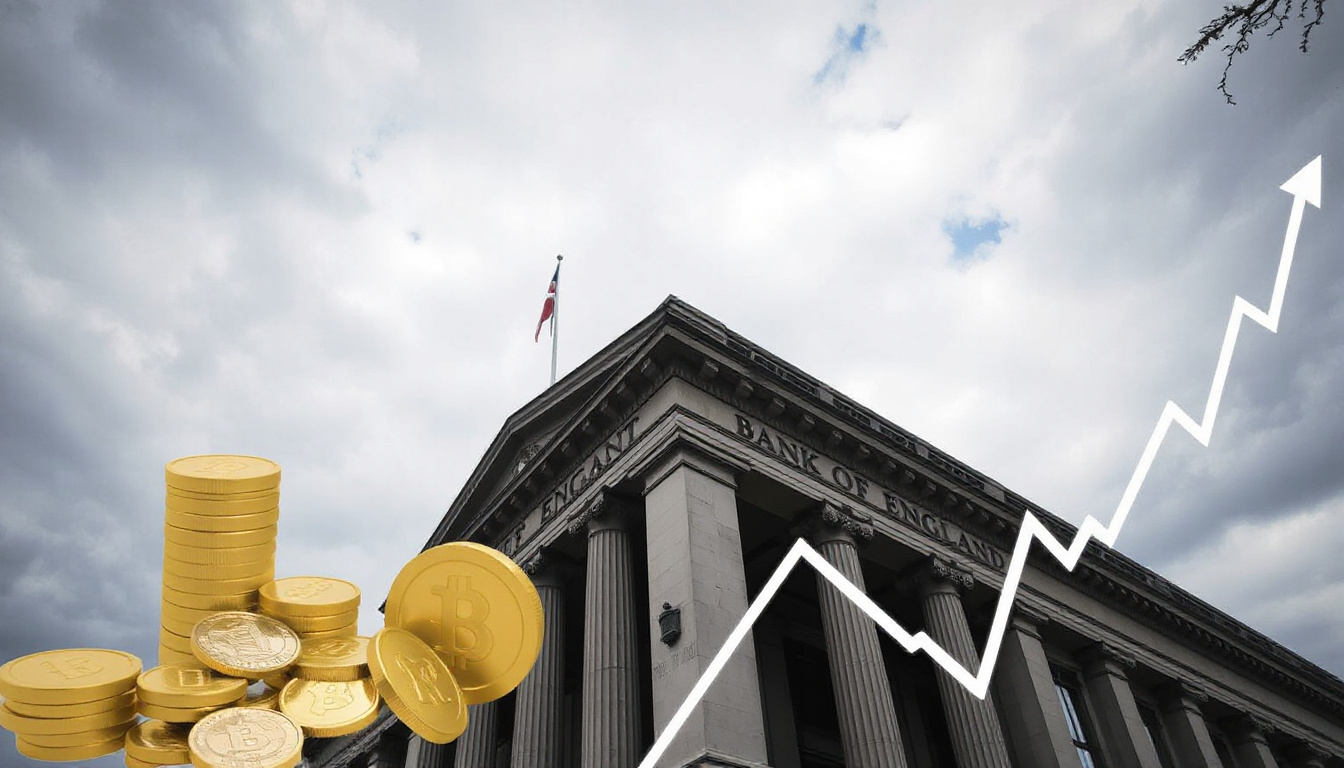Bank of England Keeps Base Rate at 4.5% Amid Economic Concerns
The Bank of England’s Monetary Policy Committee has set the base rate at 4.5%. Eight members voted in favor while one opposed. The committee did this after a 0.25% drop in February. Members weigh inflation against slow growth.
Inflation and Growth: A Hard Balance
Inflation seems to slow down after its peak. Yet, the committee does not lower rates too fast. Core inflation still rises above the 2% goal. This fact means that new rate moves wait for clear economic signals.
Stakeholders expected the decision. Some wished for lower rates to ease high mortgage costs. Property investment, especially in shared houses, finds this news important because it affects borrowing options.
Views from Industry Leaders
Experts in finance and property share thoughts on the news. Hugo Davies, Chief Capital Officer at LendInvest, notes that slow growth inches with high inflation. He tells property investors to watch lender moves and to use smart money plans. March holds key events like the Spring Budget and forecasts that push both borrowers and buyers to get ready for market shifts.
Nicholas Mendes, Mortgage Technical Manager at John Charcol, points out that the UK economy stays fragile. He says GDP shrank by 0.1% in January. High inflation and a 6.2% rise in wages add more strain. He hints that these factors might lead to tighter funds when the government makes its next move.
Other experts such as Nathan Emerson, CEO of Propertymark, and Mark Harris, Chief Executive of SPF Private Clients, wish the rates had changed. They note that fixed rates put pain on home buyers and those who invest. There is worry about the stamp duty break ending soon, which can slow the housing market even more.
What It Means for Property Investors
For investors, especially in shared houses, steady rates mean that money costs do not drop now. The rules for borrowing stay the same in a time of possible new taxes and rising work costs. Ryan McGrath from Pepper Money sees a tight spot for home owners with fixed rate deals. He highlights that second charge mortgages rise in use. They help manage debt while avoiding fee cuts for early paybacks.
Small and medium businesses and property investors will watch closely. Many expect rate cuts later in the year. The Bank of England’s next decision in May might help clear up what comes next for borrowing.
Summary
The Bank of England set the base rate at 4.5%. This steady move balances high inflation with slow growth. Borrowers do not see a break now. Investors in shared houses must plan ahead for changes as office announcements come. The market stays changeable, and all must watch shifts in funds and rules to plan well for future housing moves.
Sources
- Bank of England Press Release
- LendInvest Insights
- John Charcol Commentary
- Propertymark Updates
- Pepper Money News
This article gives property investors a clear view of the current rate scene and what it may cause for housing plans.




